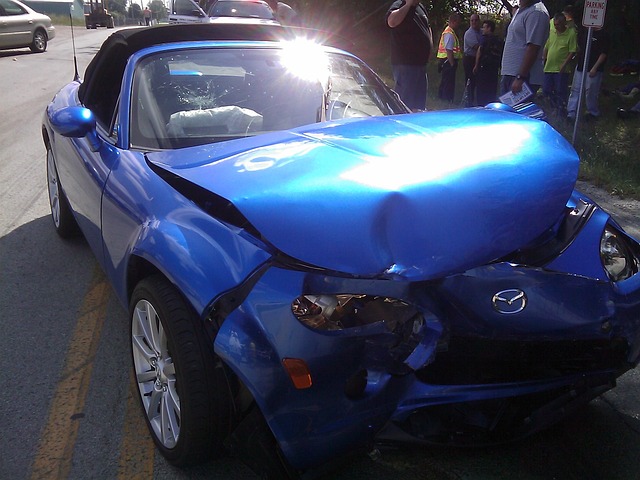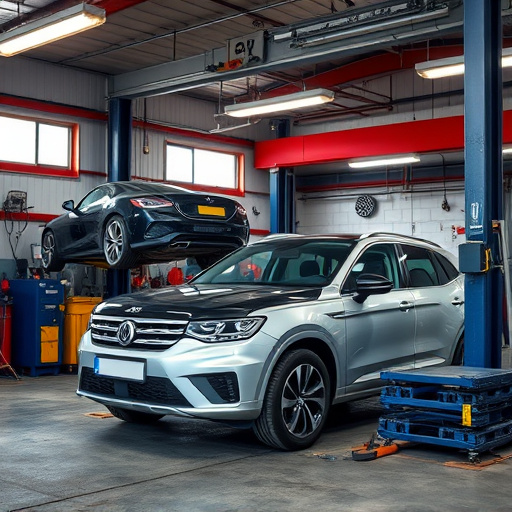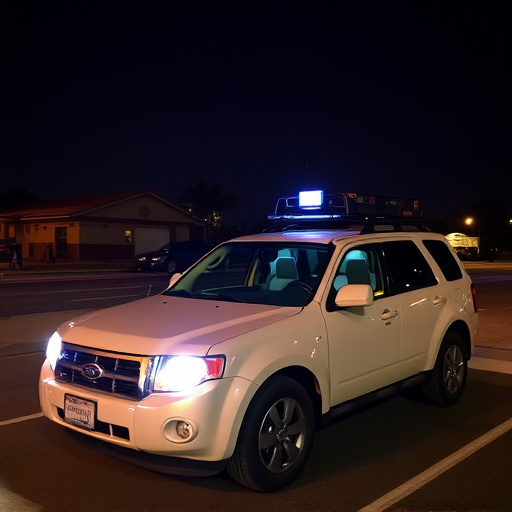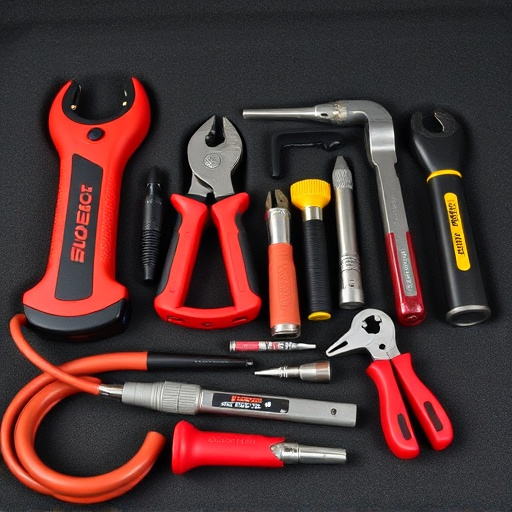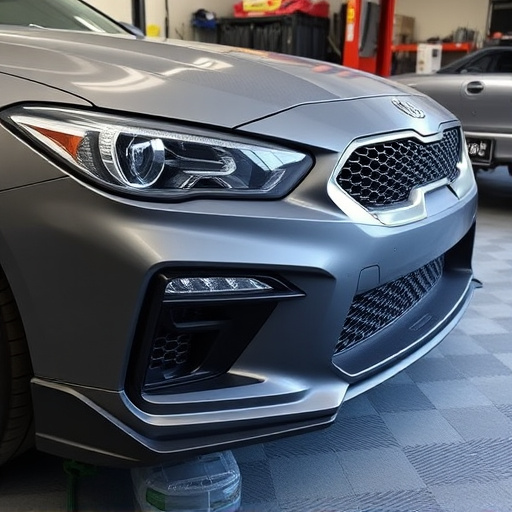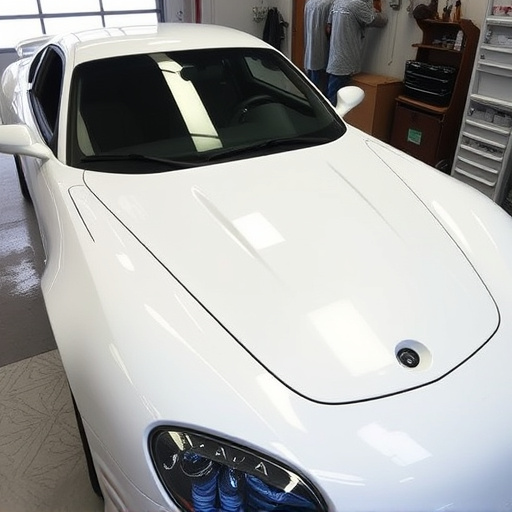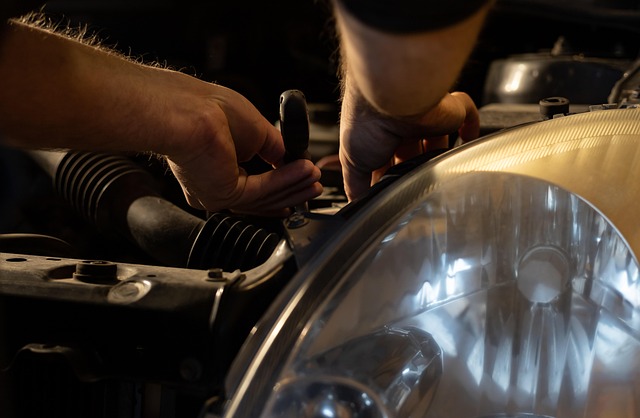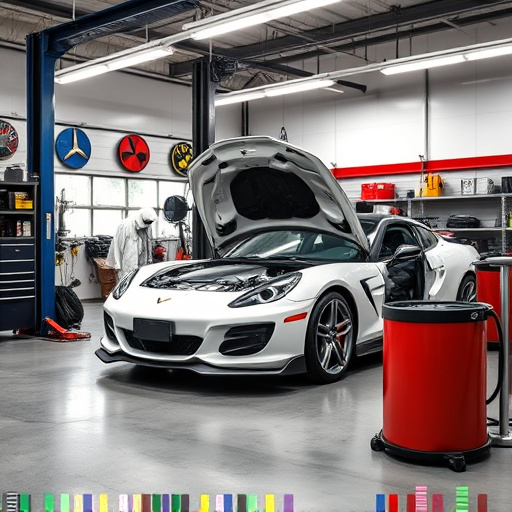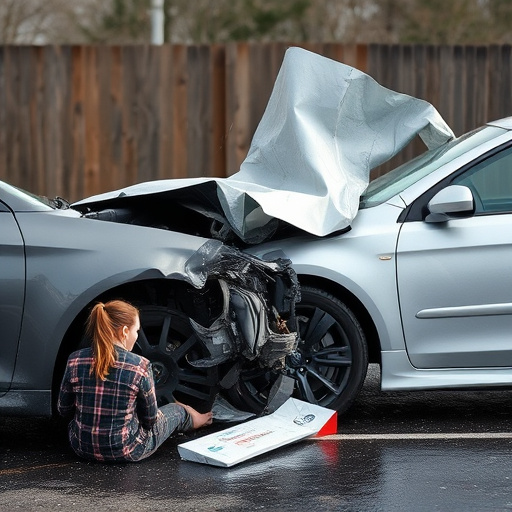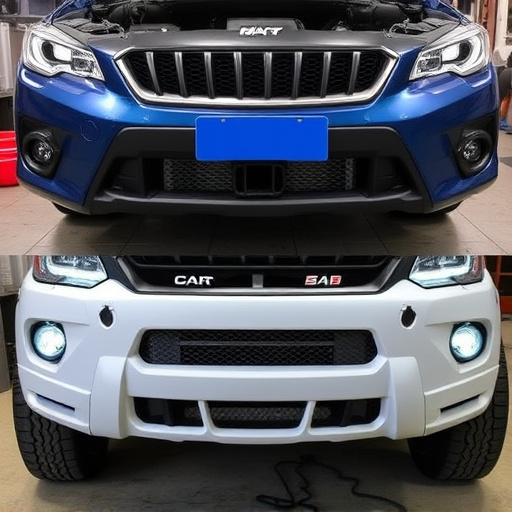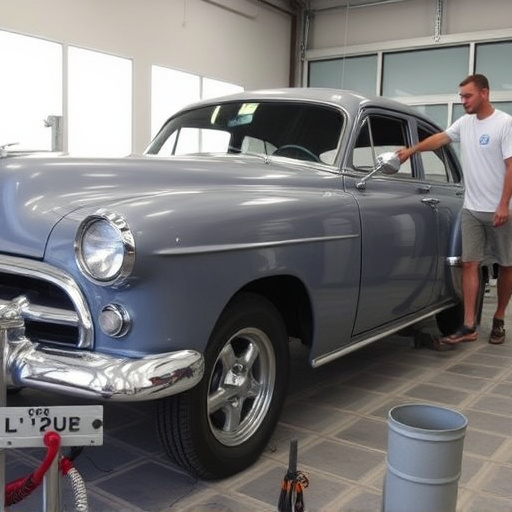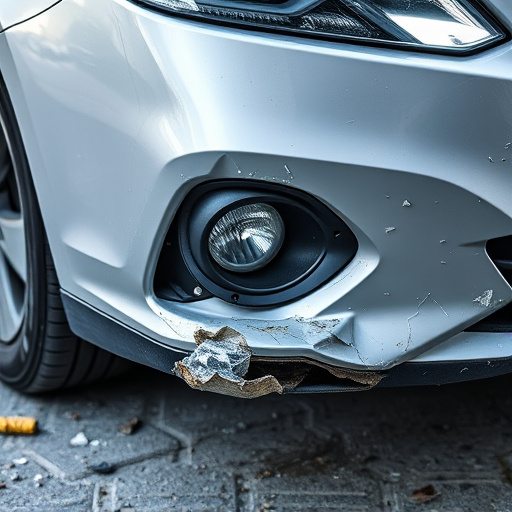Tesla's Adaptive Suspension, a feature that enhances driving pleasure through real-time road condition adjustments, can face challenges like sensitivity to rough roads or height glitches due to software issues, sensor malfunctions, or improper calibration. Expert auto collision repair services specializing in Tesla vehicles offer tailored solutions, including software recalibration and part replacement, ensuring optimal performance, safety, and enhanced driving experience. This guide outlines a meticulous process: diagnose issues via vehicle computers, demount and inspect parts, realign suspension components after bumper/frame repairs, install new or refurbished parts, and calibrate software for precise ride dynamics, catering to diverse driving conditions while preserving vehicle integrity.
“Uncover the secrets behind Tesla’s innovative Adaptive Suspension system and learn how to tackle common issues with a simple yet effective repair process. This comprehensive guide delves into the mechanics of this cutting-edge technology, which enhances both ride quality and vehicle stability.
We’ll walk you through the step-by-step repair process for a seamless experience, ensuring your Tesla handles like new. Additionally, explore software calibration techniques that fine-tune performance, making every drive safer and more enjoyable.”
- Understanding Tesla Adaptive Suspension: How It Works and Common Issues
- The Repair Process: Step-by-Step Guide to Tesla Adaptive Suspension Fix
- Software Calibration: Enhancing Ride Quality and Safety through Advanced Technology
Understanding Tesla Adaptive Suspension: How It Works and Common Issues

Tesla’s Adaptive Suspension is a groundbreaking feature designed to deliver an unparalleled driving experience. It uses advanced sensors and actuators to adjust the vehicle’s height and stiffness in real-time, adapting to various road conditions and driver preferences. This system ensures a smooth ride, enhances handling, and provides personalized comfort. However, like any complex system, it may encounter issues over time.
Common problems with Tesla Adaptive Suspension include sensitivity to rough roads, unexpected changes in vehicle height, or a lack of responsiveness during acceleration or cornering. These challenges often stem from software glitches, sensor malfunctions, or improper calibration. To address these concerns, expert auto collision repair services specializing in Tesla vehicles offer specialized solutions, including software recalibration and component replacement, ensuring the adaptive suspension functions optimally and safely, enhancing the overall driving experience for Tesla owners.
The Repair Process: Step-by-Step Guide to Tesla Adaptive Suspension Fix
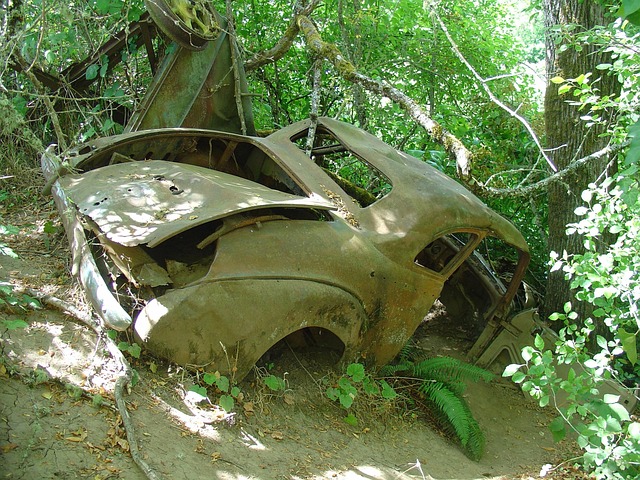
Tesla Adaptive Suspension Repair: A Comprehensive Guide
The process of fixing a Tesla’s adaptive suspension involves several precise steps to ensure optimal performance and safety. Here, we present a step-by-step guide tailored for car collision repair enthusiasts looking to tackle this advanced system. Begin by accessing the vehicle’s computer system, allowing you to diagnose any faults or errors within the adaptive suspension module. This initial check is crucial in identifying issues related to shock absorbers, struts, or other components. Once diagnosed, the next step is demounting the affected parts, a meticulous process that requires skill and patience. This may involve removing panels, disassembling the suspension, and carefully separating the sensors and actuators.
After careful disassembly, you can now inspect each component for damage, wear, or discrepancies. Compare these findings with Tesla’s specifications to ensure accurate replacement. For instance, when dealing with bumper repair or auto frame repair, it’s essential to realign the suspension components to maintain proper vehicle height and stability. Proceed to install new or refurbished parts, ensuring they are compatible with your Tesla model. Calibrate the suspension system using specialized software tools, fine-tuning the settings for optimal ride dynamics. This final step is vital to ensure the adaptive suspension functions as intended, providing a smooth and responsive driving experience.
Software Calibration: Enhancing Ride Quality and Safety through Advanced Technology
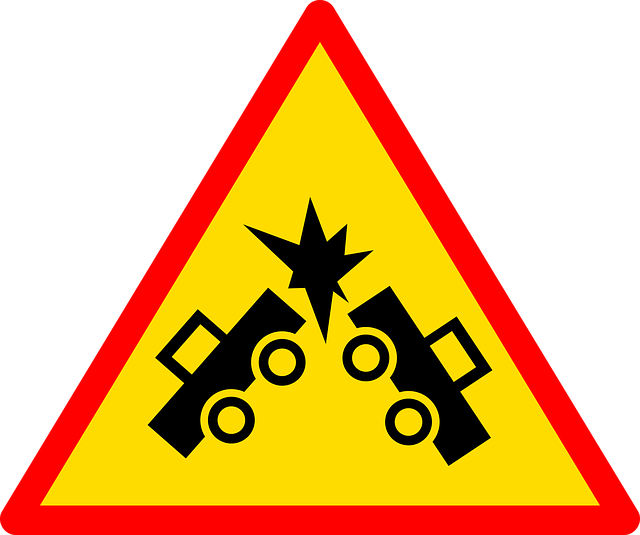
Tesla’s Adaptive Suspension system is a groundbreaking feature that ensures a smooth and comfortable ride. However, to maintain this exceptional experience, software calibration plays a pivotal role in Tesla adaptive suspension repair. Through sophisticated algorithms and sensors, the system constantly monitors road conditions and adjusts the suspension accordingly. This real-time data analysis allows for precise tuning of damping rates, ensuring optimal handling and comfort.
The software calibration process involves fine-tuning various parameters to enhance both ride quality and safety. By adjusting settings like spring rates, damping curves, and anti-roll bar bias, Tesla can tailor the suspension to different driving conditions and terrain. This advanced technology not only improves overall vehicle performance but also ensures that drivers receive the best possible experience, be it navigating through urban streets or tackling off-road trails. Moreover, regular calibration helps in maintaining the integrity of auto bodywork by minimizing impacts and stresses that could lead to damage over time.
Tesla’s Adaptive Suspension is a groundbreaking feature that enhances driving experience, but like any complex system, it may require repairs and software calibration over time. Understanding its inner workings and common issues can help owners maintain their vehicles more effectively. The repair process, detailed in this article, offers a step-by-step guide for fixing the suspension, while software calibration ensures optimal ride quality and safety by fine-tuning the vehicle’s performance. By addressing both hardware and software aspects of Tesla adaptive suspension repair, owners can enjoy a smoother, safer drive, keeping their vehicles at peak performance.
